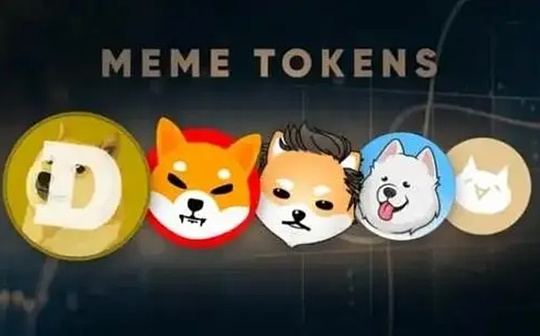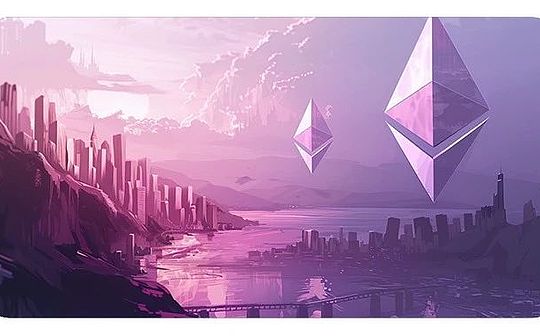PAIN: Meme's "pain" continues. Should I run away or be ready to go?

Reprinted from chaincatcher
02/18/2025·2MAuthor: Luke, Mars Finance
In the encryption circle on February 18, 2025, the name $PAIN still echoes in the chat group of retail investors, but there is a bit of anxiety hidden under the popularity. Since the project party announced a refund of 80% of the pre-sale funds on February 6, the meme coins on the Solana chain seemed to have pressed the "Mute key", and there was no movement for the entire 12 days. Investors on X are already in a panic: "After raising 185,000 SOL, disappeared, are you going to run away?", "SOLs who invested in $PAIN have lost 20%. If they don't double it, they can't even collect the capital!" The anxiety of the community is like the mosquitoes in summer, buzzing, but there is no place to soothe. This article explores what exactly happened behind this "pain".
A pre-sale carnival that is painful and happy
The story of $PAIN starts with "Hide the Pain Harold". This legendary figure in the Meme world, whose real name is András Arató, was originally a retired Hungarian engineer. In 2011, he accidentally took a set of vacation photos, but this "smile with pain" expression became popular on the Internet for some reason and became an emoticon package that jokes about life around the world. By February 2, 2025, Memeland — an crypto team dedicated to Meme culture — brought this IP to the Solana chain and launched $PAIN. As a result, 186,000 SOL (about 38 million to 40 million US dollars) were raised within 48 hours, directly setting the meme currency pre-sale record. It's like you're selling Harold's bitter smile emoticons on the street. Suddenly, fans around the world flocked to it, instantly turning your stall into a traffic black hole.
However, the story took a sharp turn. As soon as the pre-sale ended, the project party announced a refund of 80% of the funds, leaving only about $7.6 million to start the project. Officials explained that this is to reduce the burden on the community, but in the eyes of retail investors, this reason sounds a bit like an excuse of "packing when you are full." The refunded SOL has greatly reduced market volatility, and although the funds left behind are far more than the average meme coins needed to start, the community began to question: Is this really a good intention, or is there another plan? What’s worse is that after the refund promise was released, the official account was silent until now, and there was not even a notice of “refund to be credited”. The user on X said angrily: "There has been no news for 12 days since the pre-sale ended until now, and it is simply 'ache and painful'!"
Can Memeland save the situation: The backer is strong enough, but the
rhythm is worrying
Memeland behind $PAIN is not a small character. The team recently acquired Hong Kong-listed company Memestrategy for $18 million and plans to throw out a big roadmap at its strategic annual meeting on February 20. There is a KOL on X that broke the news: "Memeland may announce the launch plan of $PAIN at the annual meeting to save this stagnant water." Not to mention that $PAIN also registered the Web2 trademark, and its ambition is obviously not just a flash in the pan meme coin, but I want to build a Meme brand across Web2 and Web3. It's like putting Harold in a suit, transforming him from emoticon street artist into a cultural IP entrepreneur.
But the key to saving the situation lies in execution. Memeland has resources, traffic, and even rumors of cooperation with Binance and other major institutions (after all, Memeland's MEME token has been launched on Binance), but the 12-day "silent period" of $PAIN is really worrying. The community speculated that either the project party was grinding the token allocation plan with the exchange - because the original plan (pre-sale of 20%, more to NFT holders) was considered to be smashing the market; or it was because it saw that the market trend was wrong, so it was better to simply Cover up first and wait until the limelight is over before doing it. But the problem is that meme coins rely on passion and motivation. The longer they drag, the more passion of retail investors is like the leftover rice in the refrigerator, slowly cooling down. If Memeland can really throw a big move on the 20th, such as the launch schedule or brand linkage, it may also pull $PAIN back from the brink of "losing confidence".
However, there are also many successful precedents - just like the last $CULT, the project party stopped for half a year as soon as it was stopped, but the final increase was as high as about 5 times. If Memeland can provide a clear launch schedule or brand linkage plan at its annual meeting on February 20, it may also bring the same miracle to $PAIN.
Conclusion
$PAIN Now it's like Harold's classic smile: calm on the surface, undercurrents surging below. It may be a dark horse in the meme bull market. After all, it has the heritage of Meme culture and the endorsement of Memeland, and the market value of 1 billion US dollars is not a dream. But don't forget that this "pain" adventure may fail at any time - the 12-day silence has made retail investors suspicious, and fake tokens and fraudulent links are also flying all over the X (the official has warned that the pre-sale will be over, don't do it anymore Throw money in it). My advice? Hold your wallet tightly first and wait for the news of Memeland's annual meeting to arrive on February 20. If there is really improvement, this "pain" may turn into "happiness"; if there is still no sound, it may really "pain is not a play". The crypto world is never short of drama. Do you dare to bet on the next scene of $PAIN?

 panewslab
panewslab
 jinse
jinse